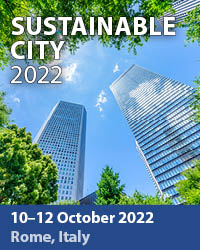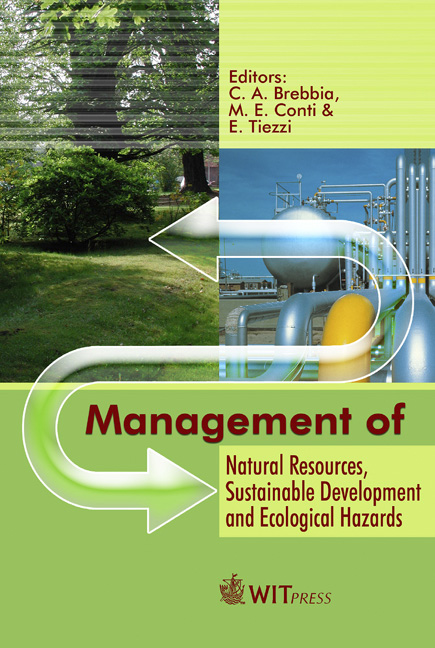Technology And Sustainability For The Development Of The Caldenal
Price
Free (open access)
Transaction
Volume
99
Pages
8
Published
2006
Size
569 kb
Paper DOI
10.2495/RAV060291
Copyright
WIT Press
Author(s)
H. E. Laborde, R. E. Brevedan & M. N. Fioretti
Abstract
The Caldenal is a temperate semi-arid region located in the central part of Argentina and comprises an area of about 40,000 km2. It is located in the ecotone between the cultivated humid Pampa to the east and the arid Monte to the west. The region is characterized by a highly variable annual and seasonal distribution of rainfall (400-600 mm) concentrated in spring and fall. Average annual potential evapotranspiration is 800 mm. The average annual temperature is 15-16°C. Soils are mainly Calciustolls with a petrocalcic horizon at a depth varying from 0.5 to 2 m. Cattle raising, based on cow-calf operations, is the most important economic activity in the Caldenal where stocker calves are raised to be fattened later in the more humid Pampa. The ranchers in Caldenal practice continuous grazing with very high grazing pressure, that has resulted in a severe overgrazing. Stocking rates are approximately 7 ha cow-1 yr-1. Currently the area supports an increasing pressure over its grass herbaceous resources. On the other hand, the humid Pampa is increasingly devoted to cash crop cultivation, mainly soybean. This causes a displacement of cattle breeding and fattening enterprises to more marginal areas. As a result, some feed-lot businesses are being located in the Caldenal region nowadays. The Caldenal region appears suitable for a more intensive agricultural use. In an attempt to find a cropping strategy that reduces the constraints of climate and soil a non-tillage, legume ley farming system based on improved high-yielding pasture legumes is proposed in the Caldenal. Keywords: Caldenal, rangeland, livestock production, medics, ley farming.
Keywords
Caldenal, rangeland, livestock production, medics, ley farming.





